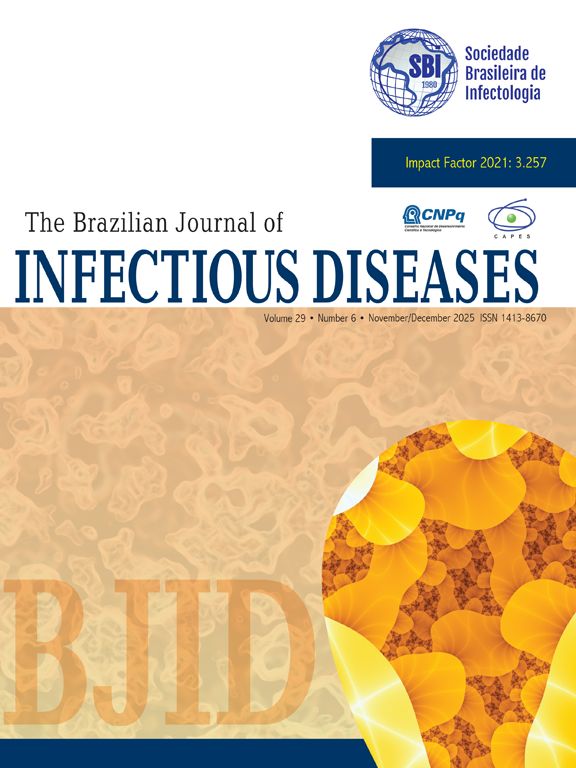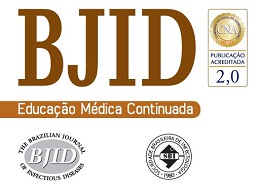Pseudomonas aeruginosa and Acinetobacter baumannii are Gram-negative bacilli that in the last decades have become prevalent agents of hospital infection due to high antimicrobial resistance developed by these microorganisms. The present study is a retrospective analysis of all positive cultures for these microorganisms in the period of January 2004 to December 2008. Resistance levels of A. baumannii and P. aeruginosa to carbapenems was high and showed a trend to increase during the period of study. In recent years the increasing incidence and resistance levels of A. baumannii and P. aeruginosa to the antimicrobials used for their treatment in the hospital setting underscores the relevance of infections caused by these bacteria. The selective pressure caused by indiscriminated use of broad-spectrum antibiotics in empirical hospital infections is probably the main reason for such an increase with the consequent impact upon patient morbidity and mortality.
The Impact Factor measures the average number of citations received in a particular year by papers published in the journal during the two preceding years.
© Clarivate Analytics, Journal Citation Reports 2025
SRJ is a prestige metric based on the idea that not all citations are the same. SJR uses a similar algorithm as the Google page rank; it provides a quantitative and qualitative measure of the journal's impact.
See moreSNIP measures contextual citation impact by wighting citations based on the total number of citations in a subject field.
See more



